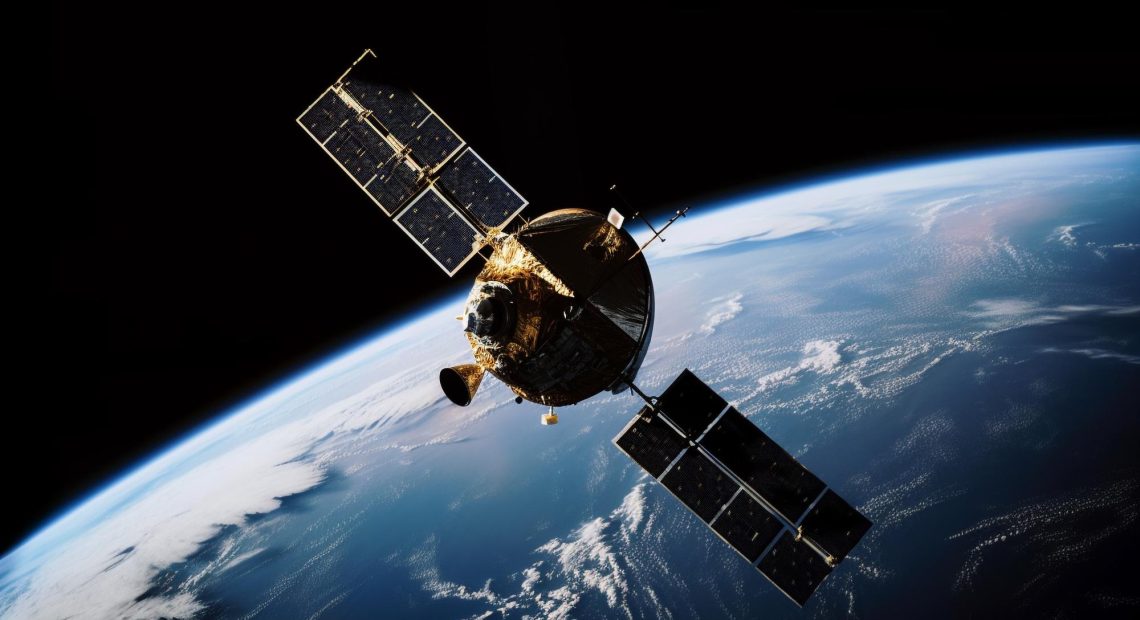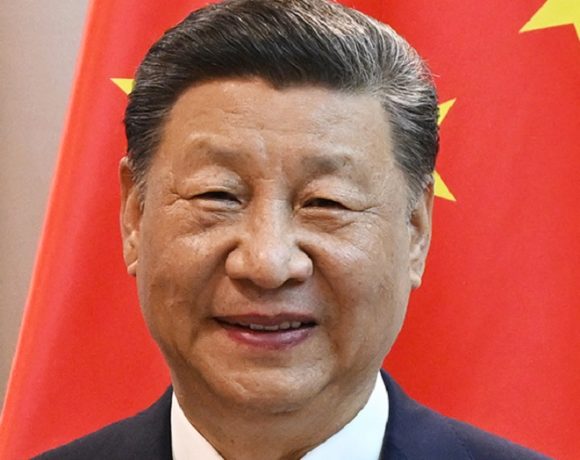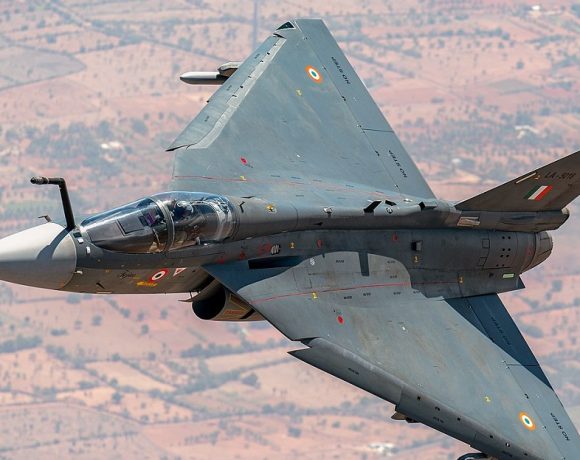
From Dependence to Dominance: Why India’s First Private EO Constellation Is a Strategic Masterstroke
For decades, India’s view of the world from above has been filtered through foreign lenses. When border tensions flared or natural disasters struck, the nation’s ability to act decisively often depended on commercial satellite imagery supplied by companies like Maxar. While such providers offer advanced capabilities, their operations are bound to the political, legal, and strategic interests of their home nations. This reliance has carried risks: delayed access to critical data, selective provision of imagery, and susceptibility to foreign sanctions or political shifts. With the Government of India’s approval of a $135 million, 12-satellite private Earth Observation (EO) constellation, this dependency is being decisively addressed.
The Problem with Dependence
High-resolution EO imagery is essential for defence, disaster management, agriculture, infrastructure planning, and environmental monitoring. Yet until now, India’s most precise, near-real-time data often came from overseas. In a geopolitical crisis, foreign data streams could be restricted or prioritised for other clients, leaving India without timely intelligence. Such constraints are unacceptable for a nation with India’s strategic ambitions and security needs.
The Masterstroke in Policy
Enter IN-SPACe’s public-private partnership model—a structure that empowers private innovation under the umbrella of strong government oversight. The selected consortium—PixxelSpace, PierSight, Satsure, and Dhruva Space—brings together hyperspectral imaging expertise, Synthetic Aperture Radar (SAR) capabilities for all-weather coverage, advanced analytics, and satellite manufacturing know-how. All 12 satellites will be designed, built, and launched in India, using domestic infrastructure and talent. This ensures not only technology self-reliance but also the safeguarding of sensitive capabilities.
How GOI Retains Strategic Control
Despite private ownership and operation, the constellation will be firmly under Indian jurisdiction. The GOI will have:
Priority Access to satellite tasking and imagery during defence operations or national emergencies.
Regulatory Oversight on image resolution thresholds, commercial usage, and foreign data distribution.
Operational Integration with ISRO’s launch vehicles and ground station networks.
Emergency Command Authority to assume direct operational control in situations of war or disaster. This combination of private agility and state authority creates a uniquely resilient model.
The Strategic Advantages for GOI
1. Data Sovereignty – Complete independence from foreign imagery providers ensures India makes strategic decisions with unfiltered, domestically gathered intelligence.
2. Defence Superiority – Enhanced surveillance of borders, maritime zones, and strategic installations, with 24/7, all-weather capability.
3. Economic Leadership – Selling high-quality EO data to global markets on India’s terms, creating a new revenue stream.
4. Diplomatic Leverage – Using satellite intelligence as a tool in foreign policy, whether in humanitarian aid or geopolitical negotiations.
5. Disaster Management – Immediate imaging capabilities for faster relief and recovery operations after natural or man-made disasters.
Boosting India’s Space Ecosystem
This initiative goes beyond national security. It is a catalyst for industrial growth, job creation, and technology development. The project will fuel demand for engineers, data scientists, software developers, and aerospace specialists. Industries such as precision agriculture, mineral exploration, urban planning, and environmental monitoring will gain access to timely, high-resolution data—spurring innovation and efficiency.
From National Security to Global Influence
By controlling its own high-resolution EO constellation, India strengthens its deterrence capabilities and becomes a credible player in international intelligence sharing. This positions the country to shape global norms on space governance, data sharing, and commercial EO markets, transitioning from a consumer of space data to a contributor of strategic intelligence.
The New Lens of Power
India’s first private EO constellation is not just a technological achievement—it is a geopolitical asset. It represents a shift from dependency to dominance, from being a buyer of critical data to becoming a supplier on the world stage. With sustained political will, financial commitment, and policy stability, this initiative could be the foundation for an era where India’s eyes in the sky not only watch over its borders but also influence the balance of power far beyond them.


















